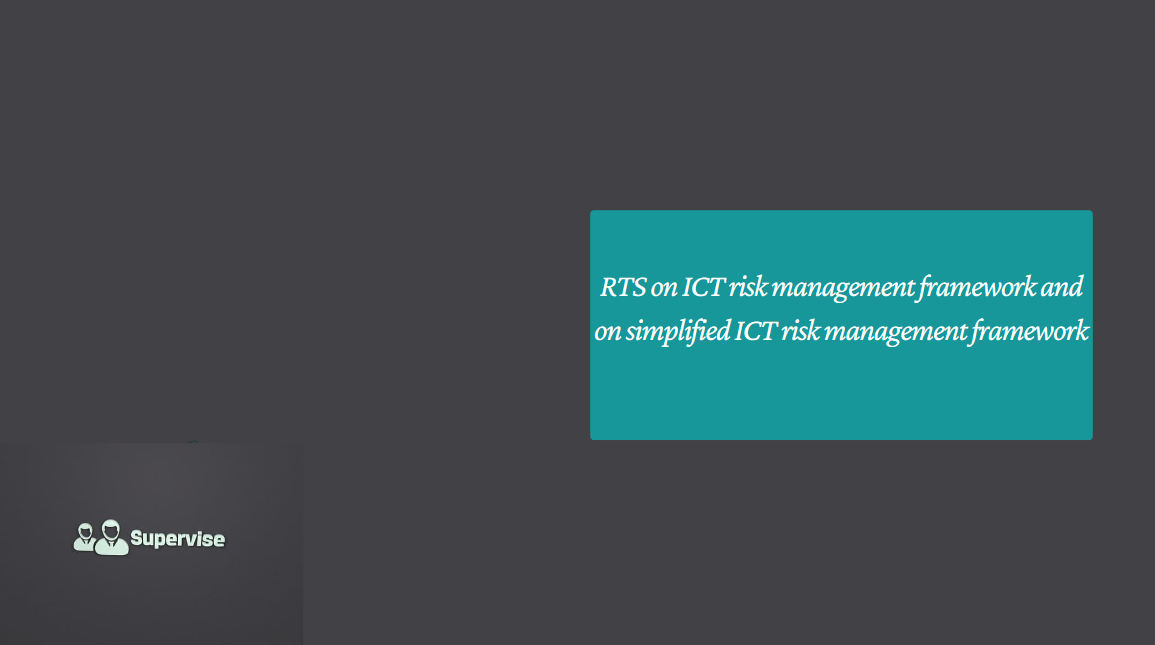Understand Premium Financing Before Taking Out The Loan
As we usher in a new year, many people have the habit of making financial plans for the year ahead. Amid the high interest rate environment in recent years, global financial markets face a number of new challenges, and we trust that our readers will take these developments into account when making their financial and investment plans.
Financial regulators around the world are particularly concerned about the impact brought about by changes in the interest rate environment. At international financial forums which I attended recently, there were a lot of discussions about credit quality and customer affordability in a high interest rate environment. There were also discussions about the impact of such changes for those wealth management products which are interest rate sensitive, such as premium financing for purchase of an insurance policy. While you are setting your financial objectives for the year, I would like to take this opportunity to share with you some of the considerations around premium financing.
Premium financing is a funding arrangement as well as a common wealth management tool. Under this arrangement, a customer, who is buying an insurance policy, borrows funds from a lending institution (which may be a bank or a non-bank institution) to pay for the premiums by assigning the rights under the policy as collateral to support the relevant loan. Customers may use premium financing to scale up the value of the insurance policy and profit from the interest rate spread as long as the policy return is greater than the loan interest cost. Through leveraging, customers are able to deploy their funds in a more agile manner. Naturally, there are associated risks.
First, variable interest cost: The interest rate path may vary. Tightening global monetary policy and rising interest rates in the past two years have resulted in higher interest costs. Some banks may also adopt their own cost of fund to determine the interest rate of the loan, which may differ from a rate using the benchmark interest rate. Customers should understand how the total interest cost of the loan is determined and the associated interest rate risk.
Second, fluctuations in non-guaranteed benefits and exchange rates: Part of the return of the insurance policies is not guaranteed, and the actual return may be worse than that illustrated in the Benefit Illustration. Customers will suffer a financial loss if the interest cost of the loan is higher than the actual return of the insurance policy. It is also important for customers to be aware of the exchange rate exposure when the loan and the insurance policy are denominated in different currencies. Customers will face an unexpected loss if the currency in which the policy is denominated depreciates against the currency the loan is denominated in.
Third, risk of financial loss as a result of early surrender: The interest cost borne by policy holders will be higher under rising interest rates. If a customer is unable to meet the interest payments, or repay the loan at the request of the bank, the customer may have to surrender the insurance policy to repay the loan. Under these circumstances, the surrender value of the insurance policy may be significantly less than the insurance premiums paid and the interest incurred, causing severe loss to the customer.
All along, the HKMA has been supervising banks’ premium financing business according to the principle of a risk-based approach. We conducted a joint inspection with the Insurance Authority on premium financing in 2020, and published a joint circular to share the key findings in the following year. In 2022, the two regulators concurrently issued guidance to the industry, elaborating on the supervisory requirements for premium financing, including the introduction of the “Important Facts Statement – Premium Financing (IFS-PF)” and measures against the risk of over-leveraging of customers. Amongst others, the IFS-PF sets out the factors to be considered and the risks involved in premium financing, aiming to promote disclosure and help customers better understand premium financing and make informed decisions.
The HKMA also attaches great importance to the public’s views. Customer feedback on banking services that we gather in the course of complaint handling helps us assess banks’ regulatory compliance. We also share good practices with the whole sector and individual banks from time to time, emphasising the treat-customers-fairly principle while also promoting public financial education. The HKMA has seen an increase in complaints about premium financing, with 4 cases in 2021, 34 in 2022 and 48 in 2023 respectively, albeit the absolute numbers were relatively small. Recent complaint cases mainly revolved around three themes: (i) customers claiming they were not aware that they had taken out a loan from the bank, and mistakenly believed that the monthly payments were insurance policy premiums rather than loan interest payments; (ii) alleged misrepresentation by sales staff, such as the dividends of the insurance policy would always be sufficient to cover the interest payments, or leveraging on premium financing would always earn higher returns; (iii) sales staff allegedly overstating customers’ liquid assets in the affordability assessment in order to offer insurance policies at higher premiums.
When we looked closely at the information provided by complainants and examined all relevant records and bank documents, we found that most cases involved the complainants’ words against the words of the banks or bank staff concerned, or the complainants’ allegations were not supported by the documentary evidence. Nevertheless, banks are required to follow the HKMA’s guidance, and handle complaints through their internal mechanisms. If necessary, banks will engage complainants and independent mediators or arbitrators to resolve the disputes.
While the HKMA and banks are working hard to safeguard customer interests, it is also imperative that customers remain vigilant and exercise due diligence. The public should always read the insurance policy documents and the loan documents carefully to understand the relevant features and risks of premium financing before committing to take out the loan. Before signing any documents, customers should make sure that they understand and acknowledge the contents fully, including their own financial information (e.g. liquid assets and monthly income) to ensure that the affordability assessment reflects their actual circumstances. Customers have both the right and the obligation to make enquiries with bank staff, and refuse to sign any documents which they do not understand or disagree with.
Members of the public are encouraged to visit the dedicated page on the HKMA website to learn more about premium financing. I wish everyone smart financial management in the year ahead!






















































First, please LoginComment After ~